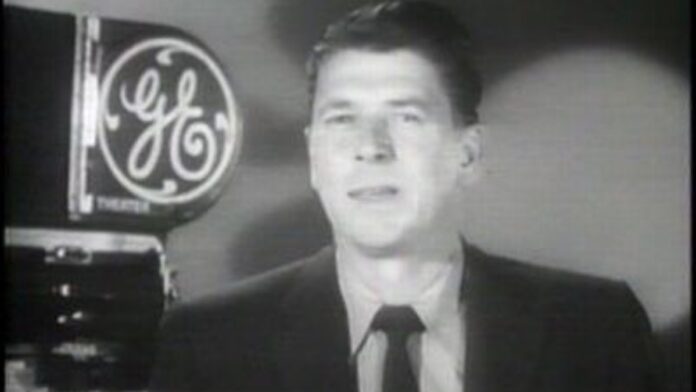Right On Schedule is a series that delves into a network’s primetime Schedule for a single night in one TV season. The goal is to analyze the shows’ relationship to each other, the broader TV landscape, and, occasionally, the culture at large.
CBS Sundays (1960-1961):
7:00 Lassie
7:30 Dennis the Menace
8:30 The Ed Sullivan Show
9:00 General Electric Theater
9:30 The Jack Benny Program
10:00 Candid Camera
10:30 What’s My Line?
As mentioned previously, the ABC Sunday lineup for 1960-1961 often focused on celebrating the past or distant cultures.
In contrast, CBS adopted a different approach, dedicating the entire night to programs firmly grounded in contemporary culture.
Many of these shows played a significant role in shaping pop culture for decades, specifically the mainstream, family-oriented viewership.
While it may not have been the trendiest strategy, it proved remarkably successful.
Remarkably, five out of these seven programs ran for 19 years or more, and the other two also left a lasting mark.
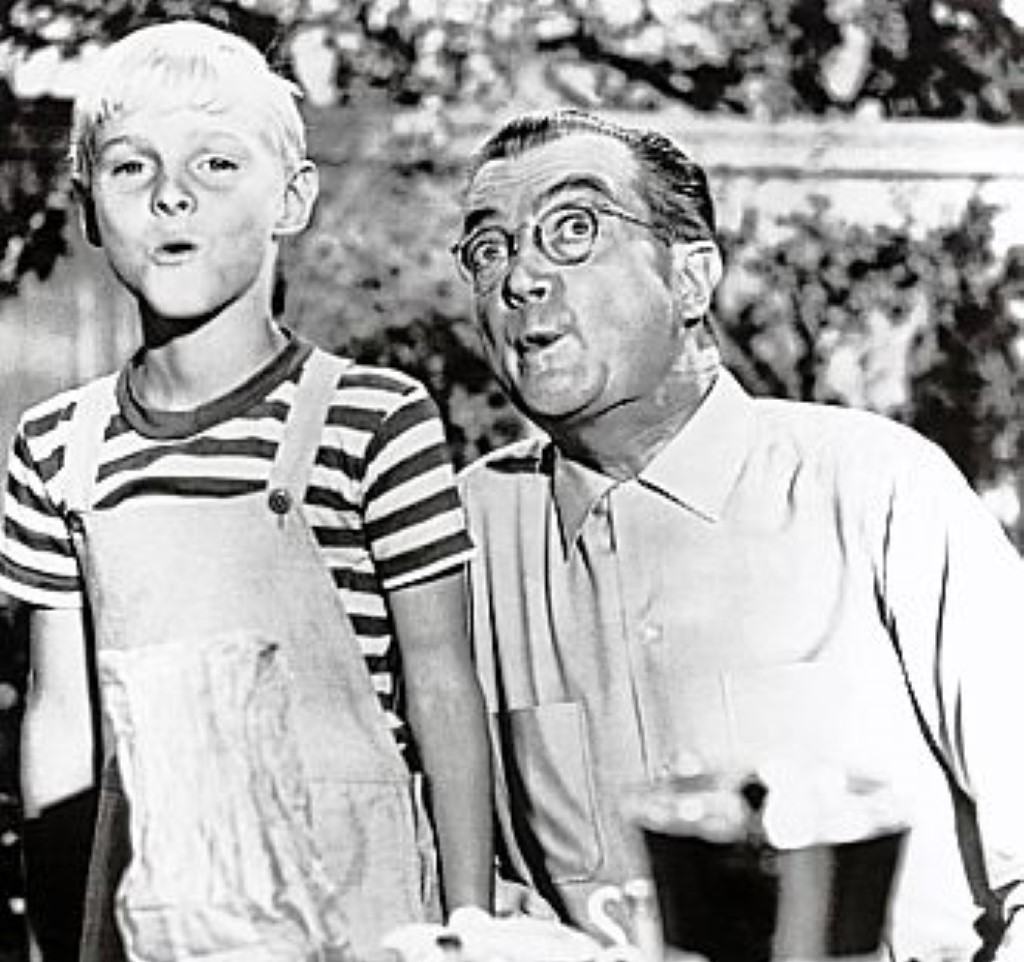
The shortest-lived series in this lineup is “Dennis the Menace,” a sitcom adapted from a long-running comic panel that has endured for 62 years.
The TV adaptation had a four-season run, which was essentially the maximum it could have achieved. Several factors contributed to this.
First, the series faced the loss of its Mr. Wilson character when actor Joseph Kearns passed away during the third season.
Additionally, the show’s star, Jay North, was twelve years old by the time the series concluded, and the introduction of a teenage Dennis would have fundamentally altered the dynamic between him and Mr. Wilson, now portrayed by Gale Gordon as the brother of Kearns’s character.
However, during season two, these developments were still on the horizon. The central focus remained on Dennis’s earnest attempts to assist Mr. Wilson, which invariably led to comical mishaps.
This particular portrayal is what endured in the public’s memory.
The show became a syndication staple for many years, and it even influenced the creation of Bart Simpson by Matt Groening, who was inspired by Dennis’s mischievous yet not genuinely menacing character.
Jay North himself made a guest appearance as his own character on an episode of “The Simpsons,” where he humorously parodied TV Dennis’s reputation as a nice guy.
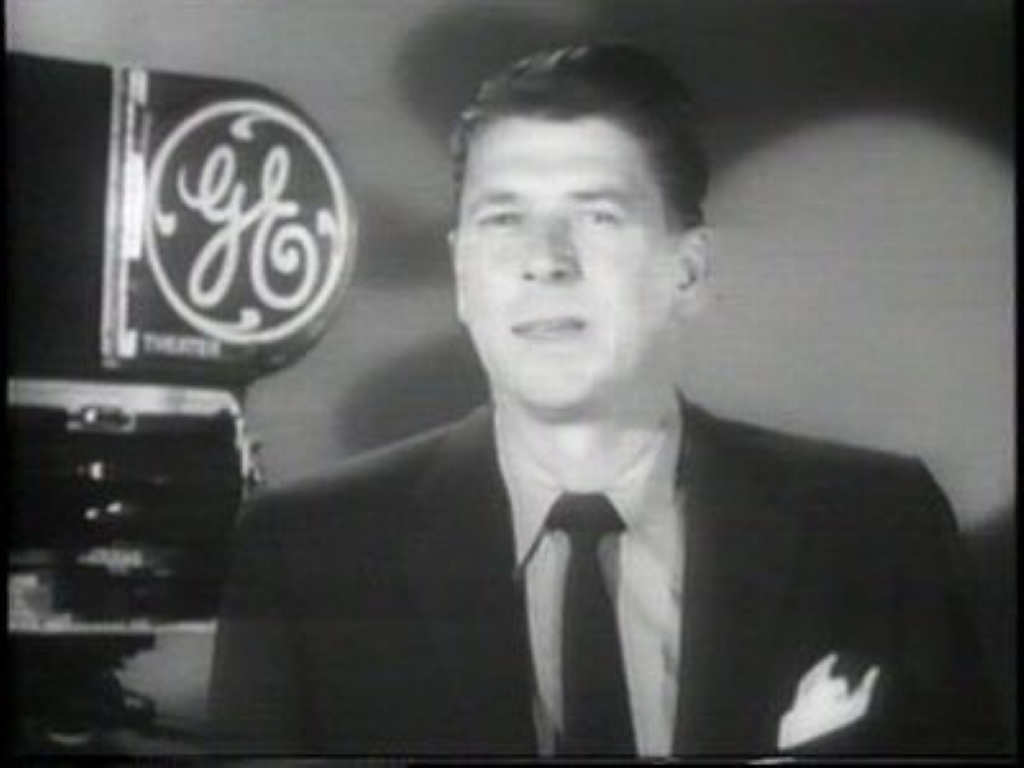
General Electric Theater, a distinguished anthology drama series from the 1950s, enjoyed a ten-season run.
During its ninth season, it featured notable performances by acclaimed actors such as Edward G. Robinson, Jeanne Crain, Mickey Rooney, Ida Lupino (who also directed an episode), Ryan O’Neal, Gene Tierney, and other well-known figures recognized by classic movie enthusiasts.
Perhaps the most intriguing aspect was the presentation of Budd Schulberg’s “Memory in White,” which boasted an extraordinary cast including Charles Bronson, Joe Besser, and Sammy Davis Jr.
It’s quite remarkable to envision these three talents sharing the same stage.
However, the most enduring impact of GE Theater resulted from its host, Ronald Reagan, a faded B-movie actor.
Reagan had a financial stake in the show, and the profits he gained provided him with the means to pursue various extracurricular endeavors after the series concluded.
To some extent, the course of these activities was influenced by the reaction of General Electric, the show’s sponsor, to certain comments he had made.
In 1962, Reagan vehemently criticized the Tennessee Valley Authority, denouncing it as an example of excessive big business.
Consequently, the same big business that backed his show chose to terminate his contract, and this event marked the beginning of his formal entry into the world of politics a few years later.
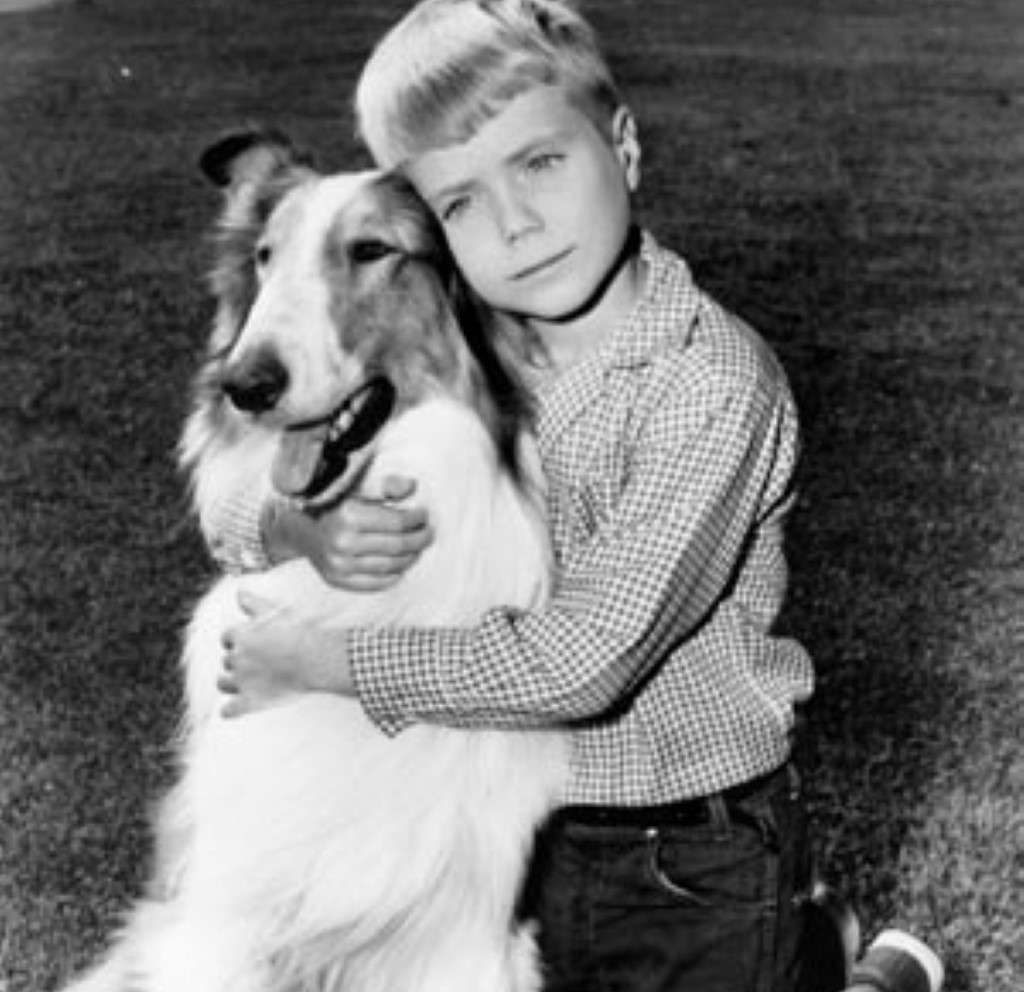
Among the long-running shows, Lassie stands out as a unique case.
It’s the sole series that provided a continuous narrative with recurring characters, albeit it underwent various changes during its nineteen seasons.
In the initial three seasons, the titular collie resided with a boy named Jeff and his parents.
Subsequently, she spent seven years alongside her most renowned owner, Timmy (Jon Provost).
This specific season, which marked the show’s 7th, fell right in the midst of the Timmy era.
After the Provost’s departure, the show was extended for an additional nine years.
During this period, Lassie had stints with a couple of different forest rangers, spent a year roaming solo, and eventually settled on a ranch conveniently close to a young deaf girl (Pamelyn Ferdin), who became Lassie’s companion.
Throughout these changes, the core formula remained largely consistent: the human characters found themselves in challenging situations, and their loyal canine companion, Lassie, played an instrumental role in resolving them.
This dependable and comforting formula was a significant part of the show’s enduring appeal.
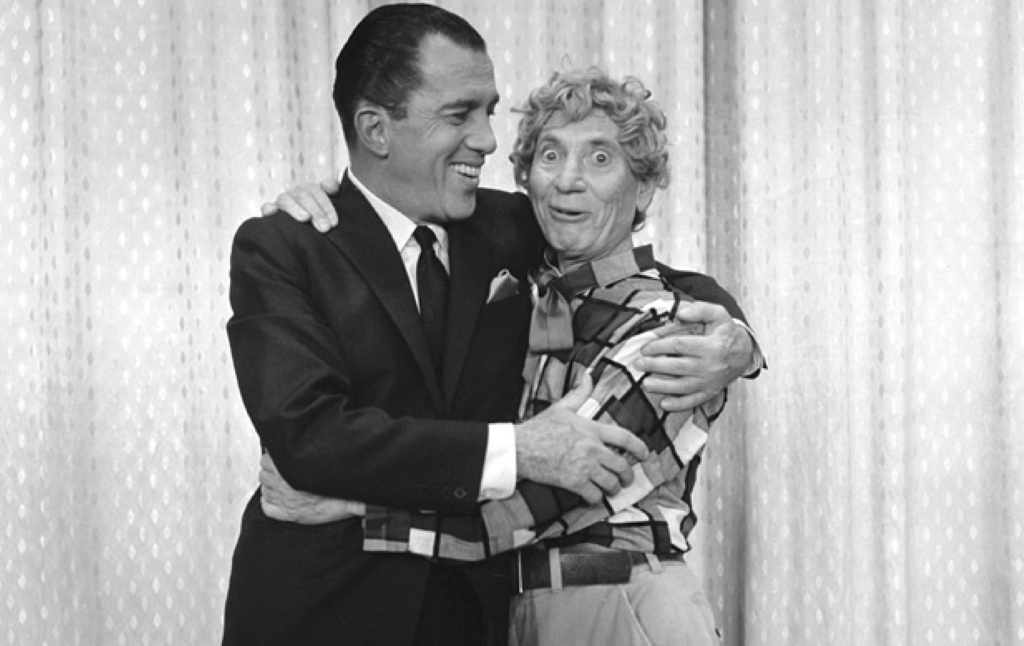
The Ed Sullivan Show, TV’s foremost variety show, adopted a different approach.
It enticed viewers with the promise of delivering something fresh and captivating every few minutes.
Sullivan, an awkward host with a stiff demeanor and a talent for name mispronunciations, possessed an exceptional eye for talent.
The show featured a diverse array of acts, including singers, bands, comedians, sketch performers, puppeteers, plate spinners, athletes, and more.
In a randomly selected episode from this season, audiences could enjoy songs from both Carol Channing and Count Basie, comedy performances by notable figures like Shelley Berman and Wayne & Shuster, and an aerialist act known as Larible and Company, among others.
And this was just one episode. Viewers could expect this level of variety weekly for twenty-three years.
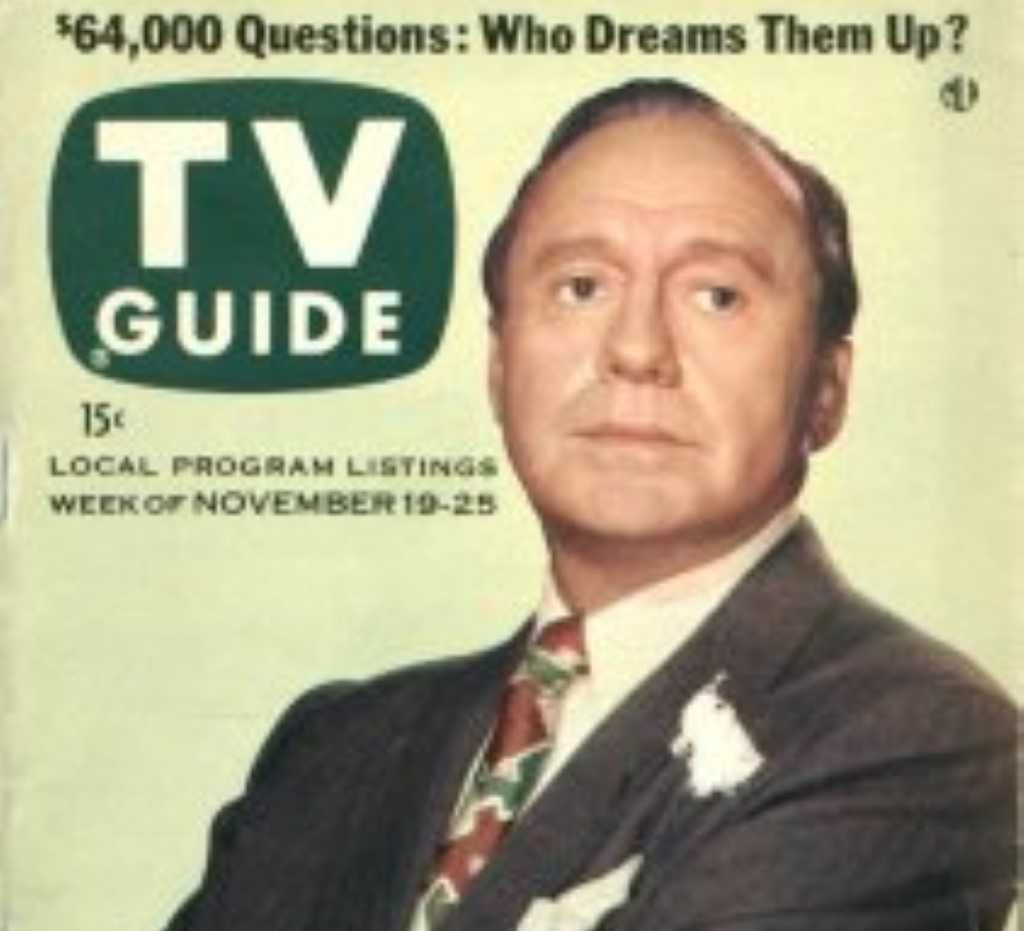
The Jack Benny Program also took on a variety show format, although it occasionally deviated from it.
By 1960, Benny had been headlining a series for 28 years (on radio from 1932-1955 and on TV starting in 1950), and it had never been confined to a single format.
Benny portrayed “himself” as the host of a TV variety show—a character who was egotistical, tight-fisted, and a violin-playing comedian.
At times, the audience tuned in to watch the variety show, while at other times, they witnessed sitcom-style episodes from Jack’s off-stage life.
Several members of the regular cast, such as Jack’s wife Mary Livingstone, announcer Don Wilson, and singer Dennis Day, played versions of themselves, appearing in both formats.
(Other cast members, including Eddie Anderson as Benny’s valet Rochester and Frank Nelson as the charmingly named “Yeeesssssss? Man,” didn’t portray themselves.)
Despite 1960-1961 marking Benny’s eleventh year on TV, it was the first time the show aired weekly.
It had initially started as a series of specials during the 1950-1951 season, gradually increasing in frequency until it became a biweekly series for the last few years of the decade. When it finally transitioned to a weekly format, it was a significant event.
It achieved the #10 spot in the Nielsen ratings for the year, the highest ranking within this entire lineup.
Benny’s star has understandably waned in the years following his death in 1974, but in 1960, after decades in the public eye, he remained as popular as ever.
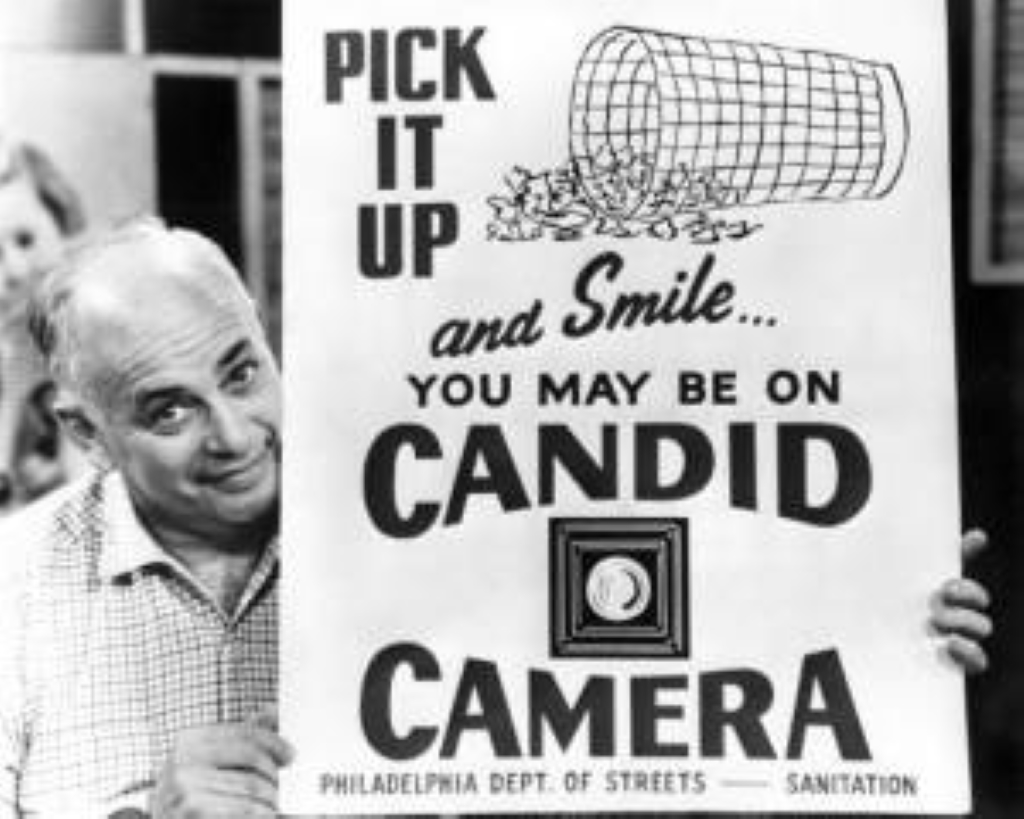
The last two shows of the night – Candid Camera and What’s My Line? – enjoyed long-lasting success thanks to their engaging and enduring concepts.
On Candid Camera, creator and host Allen Funt deployed hidden cameras to observe ordinary people’s reactions to various peculiar scenarios.
The show maintained a continuous run from 1948 to 1967, spanning all three major networks and a syndication period.
It later came back with sixteen additional seasons, airing between 1974 and 2004.
All these iterations remained true to the original concept, and they were hosted by either Funt or his son Peter.
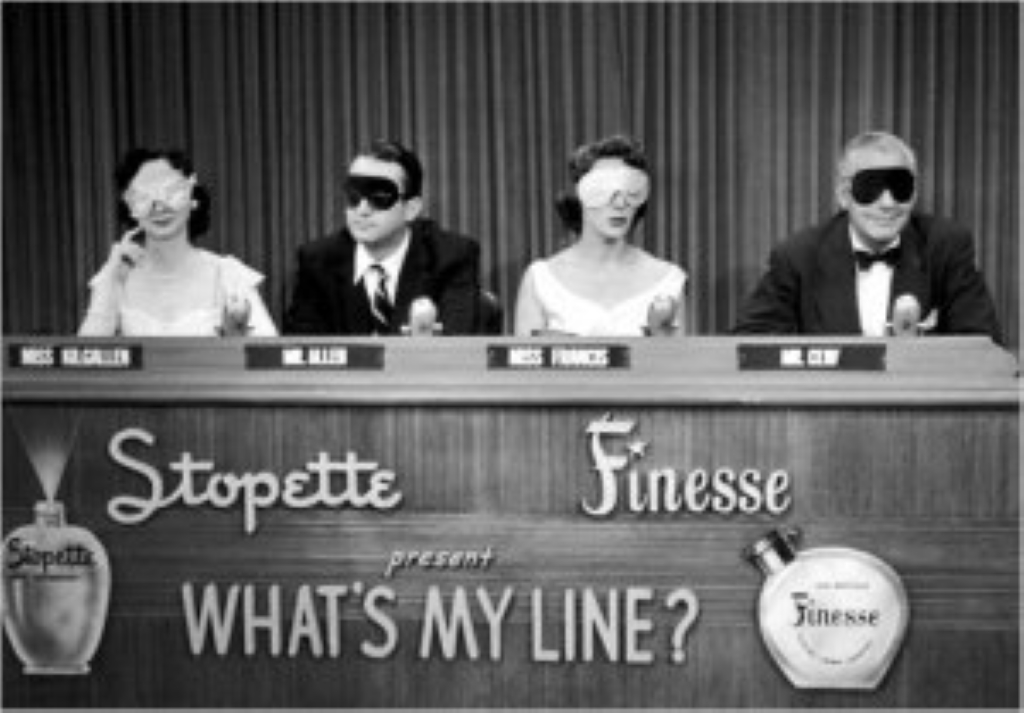
On What’s My Line?, a celebrity panel endeavored to deduce the occupation of an ordinary person (or, in the “mystery guest” segments, the identity of a fellow celebrity).
The show’s enjoyment stemmed from the progressively absurd questions posed by the panel as the round advanced.
Airing on CBS for seventeen seasons, from 1950 to 1967, the show promptly returned for an additional eight seasons in syndication after its cancellation.
Like Candid Camera, it followed a delightful format that maintained its appeal.
As CBS’s lineup featured numerous pop culture landmarks, and ABC’s concentrated on past legends, the question arises: How could NBC compete? Join us next month to find out.
You Might Be Interested: Right on Schedule: NBC Sundays (1960-1961)


